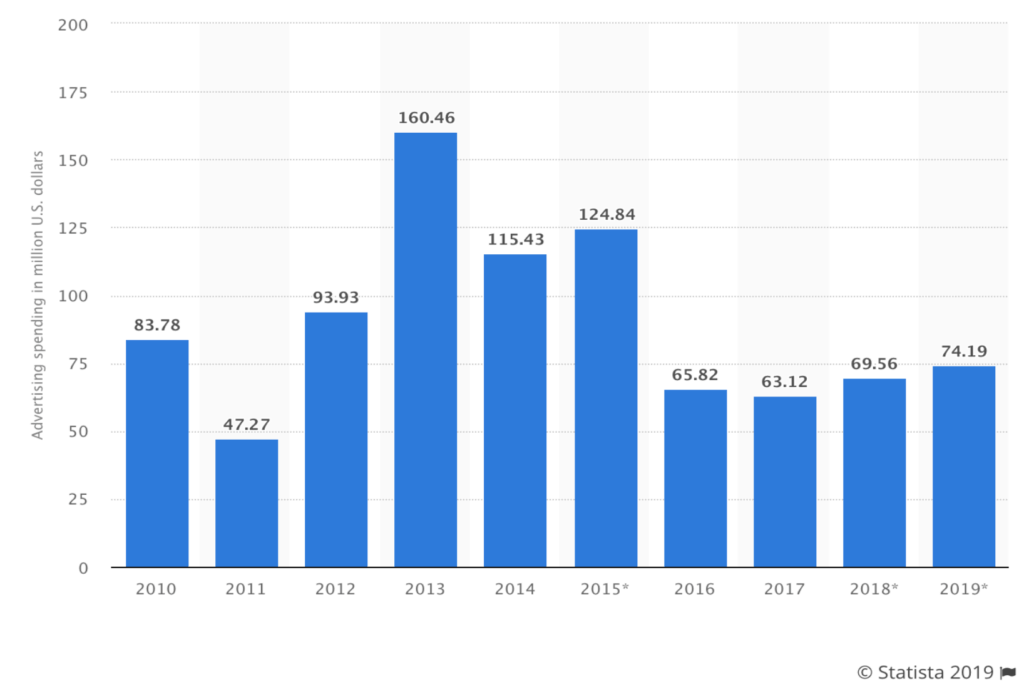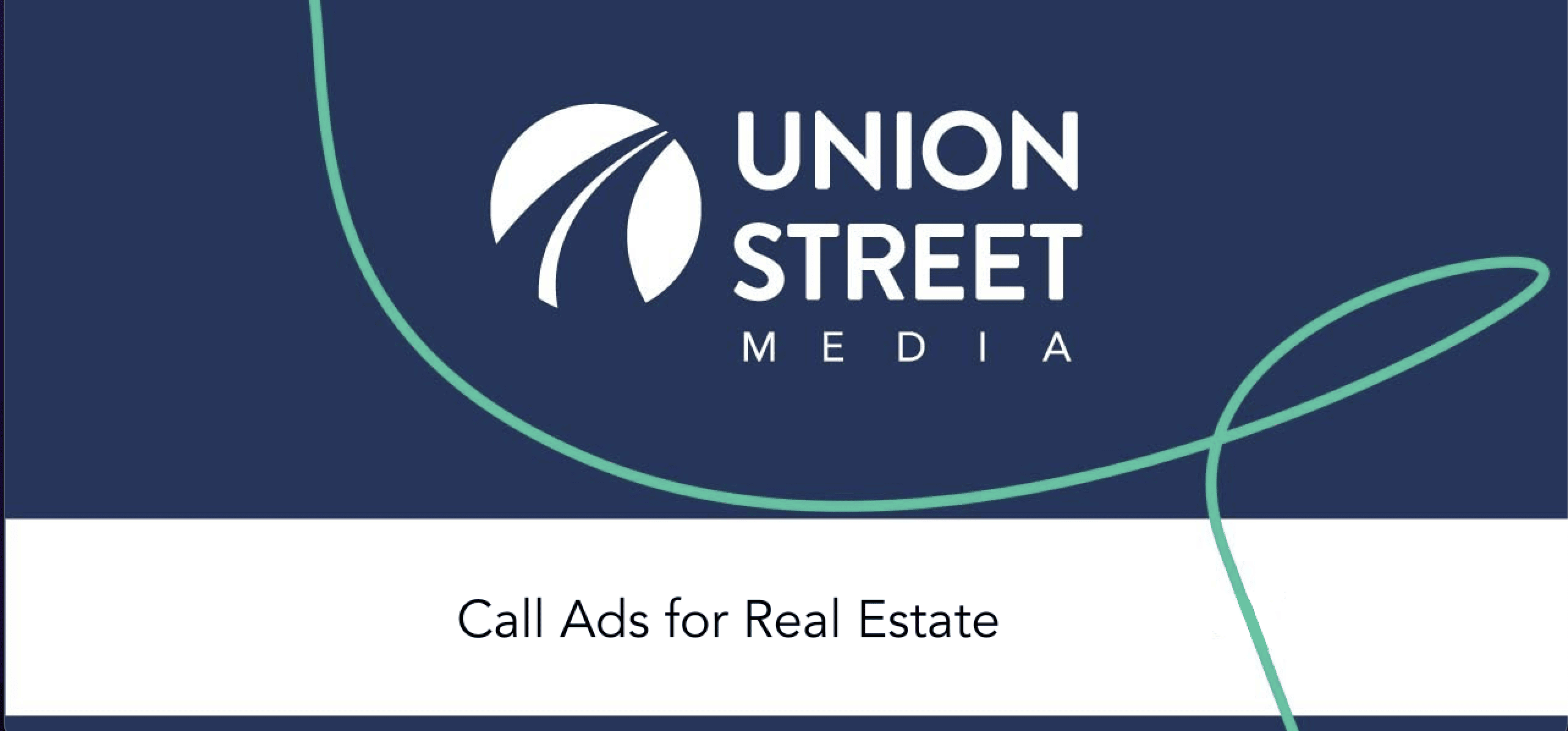Quality Before Quantity
Shifting away from pure lead generation and toward user intent optimization.
Online lead generation dates back to the 70s. The first eBook was published in 1971, the first email blast for commercial purposes (what we’d now call SPAM) was sent in 1978, the first CRM was developed in 1990, the first web page was published in 1991, explaining the World Wide Web, and the first banner ads debuted in 1994.
Since then, online lead generation has become ubiquitous with customer acquisition and sales. In 2018, 70% of marketers said their demand gen budgets will increase, 34% said their spending would grow by more than 20%, and 61% of marketers cited generating traffic and leads as their top challenge.
With a $205 billion Internet ad spend compared to a TV ad spend of $192 billion, global Internet advertising spend exceeded TV advertising spend for the first time in 2017. Yet real estate advertising spend is projected to be lower in 2019 than it was in 2010 (see chart below).

In an industry this large and with a need so great, for every $92 spent on generating traffic and getting customers, only $1 is spent on converting these customers. Companies still don’t understand how to reach their ideal customers and they recognize that – only 22 percent of businesses are satisfied with their conversion rates.
At Union Street Media, we see a shift away from traditional online lead generation toward user intent optimization, which relies on data to optimize marketing and content for unique user experiences. This entails everything from auto-optimizing how much you’re willing to pay to reach certain people based on how likely they are to be a valuable customer to tailoring the messaging they see in an ad to emailing them newly listed properties based on their unique needs and more.
We focus on lead quality indicators like the percentage of leads who provide phone numbers, number of listings viewed and saved as favorites, price points of listings, and ultimately, whether someone transacted, to match top of funnel behavior and decisions with the bottom of the funnel ROI. For some clients, we’ve actually increased the online cost per lead because it was shown to dramatically increase sales, especially among specific audiences like luxury buyers in urban markets looking for specific developments based on amenities like concierge services, parking and more. Furthermore, by focusing on the post-transaction relationship, brokers and agents can leverage consumer insights, marketing automation and more to maintain customers for life and shift away from traditional online lead generation, which prioritizes volume and is riddled with inefficiencies in every step of the process from capture to follow up (or lack thereof) and closing.









